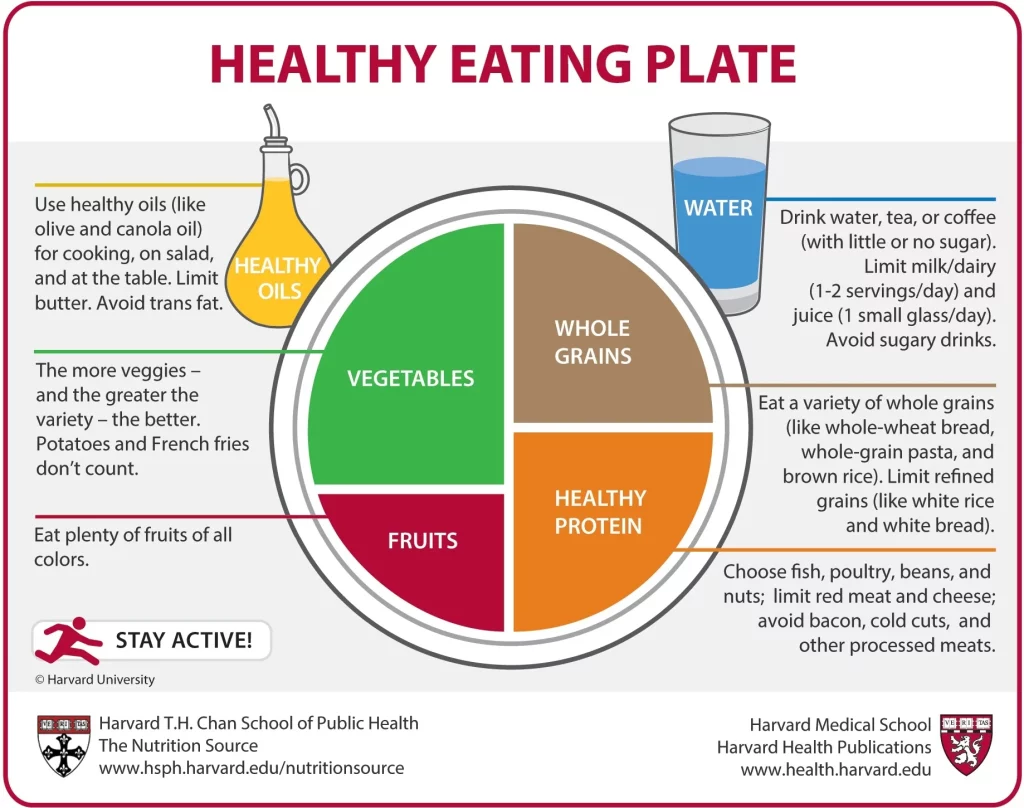Choosing a Healthy Diet
In recent articles, we’ve explored different attitudes about eating and diet. That’s diet and Diet with a capital D. Diet started out meaning the foods we eat, but has come to mean more of a pattern of restrictive eating with a focus on weight loss. Given all the information and options out there, how does one choose their diet, the foods they eat, with an eye to health? This article aims to cut through some of the noise and give you some practical guidelines that you can start using today.
What do most diets have in common? Many diets aimed at health or weight loss do have a few things in common and those are worth exploring. Reducing “junk” foods is usually pretty key in most diet plans. However, everyone’s definition of junk can differ. Some plans eliminate beans, for example, when these whole foods are powerhouses with a lot of health benefits to them. Another definition some use is was this something their grandparents would have eaten? Many processed foods are so new that they weren’t even around during our grandparents time!
It’s also important to recognize that intense restriction is the leading predictor of food binges, so even if you are trying to reduce junk in your diet, recognize that that might not be 100% or look all or nothing. Many dieticians focus on what you can add to your diet with the goal that eventually healthier choices will crowd out some of the junk. You get to define foods that you may reduce in your diet and how much you reduce them.
Another aspect that most diets have in common is that they all encourage vegetables. Maybe not all, but please ignore any that don’t! This is an aspect of a healthy diet that cannot be overemphasized. Plant foods contain vitamins, minerals and phytochemicals (plant-chemicals) which have many healthful properties. Eating a variety of vegetables provides diverse nutrition and there is evidence that a wider variety of plant based foods is associated with better overall health and immune function. If you aren’t a big veggie eater at present, find a particular veg you like or a preparation method you enjoy and start there. Find a salad dressing or sauce you like to use on salads and/or as a dip. And have some fun as we go into the summer growing season when vegetables are freshest and most flavorful!
Finally, most diets encourage good hydration. Many of us are chronically dehydrated and don’t even know it. Eight 8-ounce glasses of water is the old standby. The new guideline is half your bodyweight in ounces. If you aren’t already drinking that much, increase slowly over time. Yes, you’ll need to go to the bathroom more, but eventually that evens out (though you’ll probably still have to go a little more if you were dehydrated). Our cells are literally filled with and surrounded by water and dehydration affects us at the cellular and organ levels.
If you need a more detailed approach to a healthy diet lifestyle, check out the Mediterranean diet, which has good evidence for healthful outcomes. You can click here for more information about the Harvard Healthy Eating Plate featured below for a good outline and evidence based dietary advice. Happy eating!

This article was originally published in Tigard Life‘s August 2023 issue. Click here for a PDF of this article in it’s original format.

